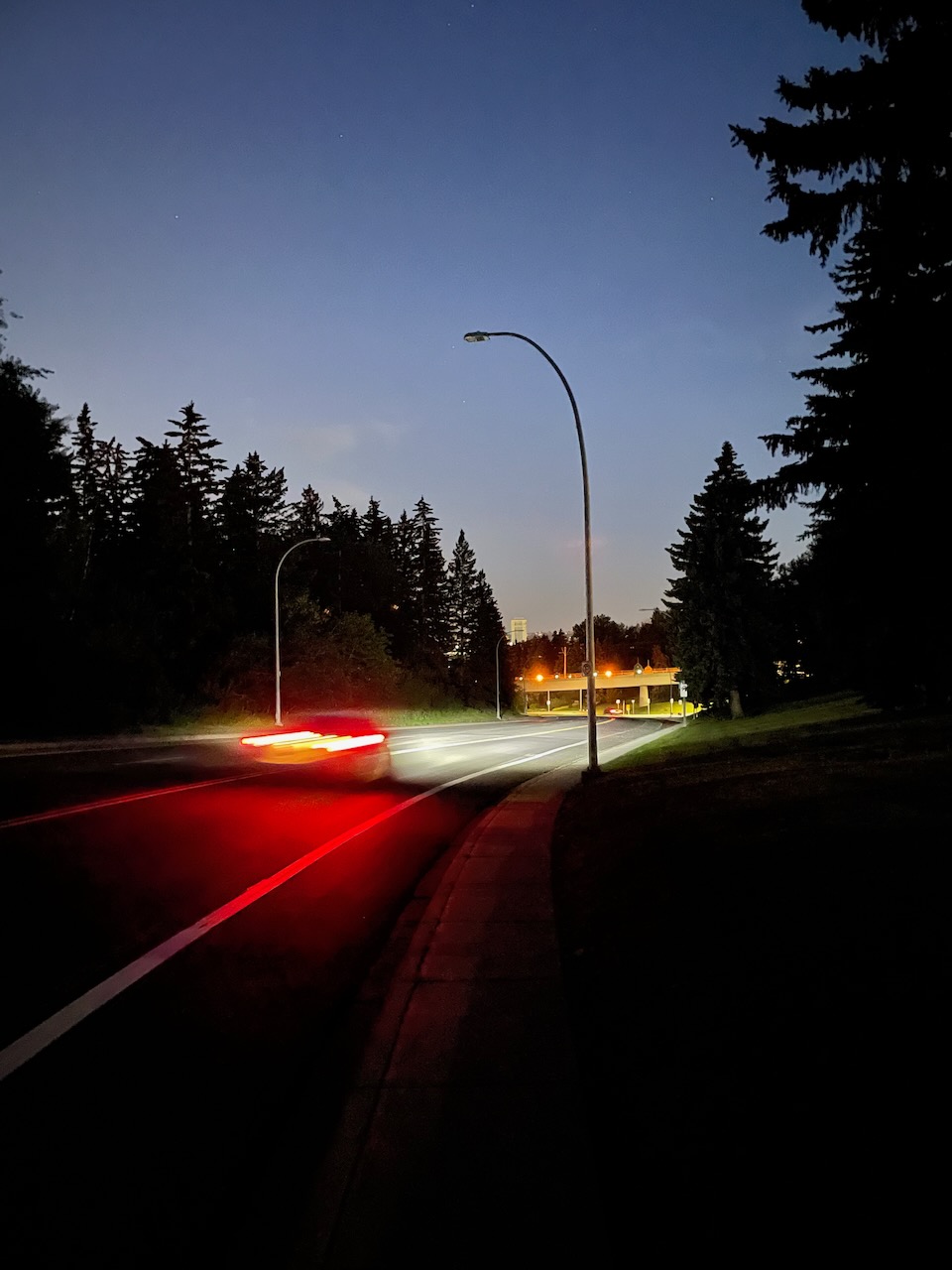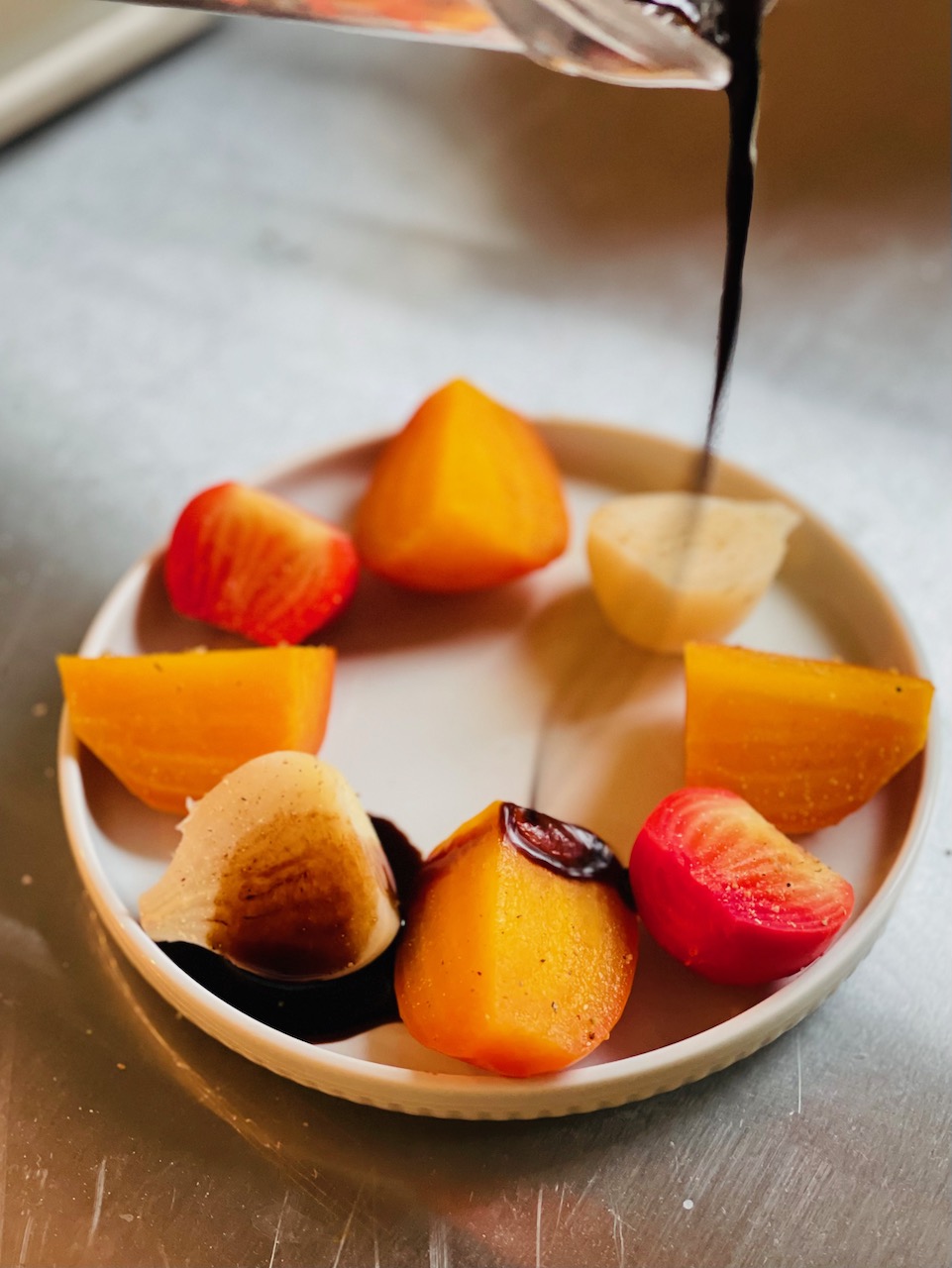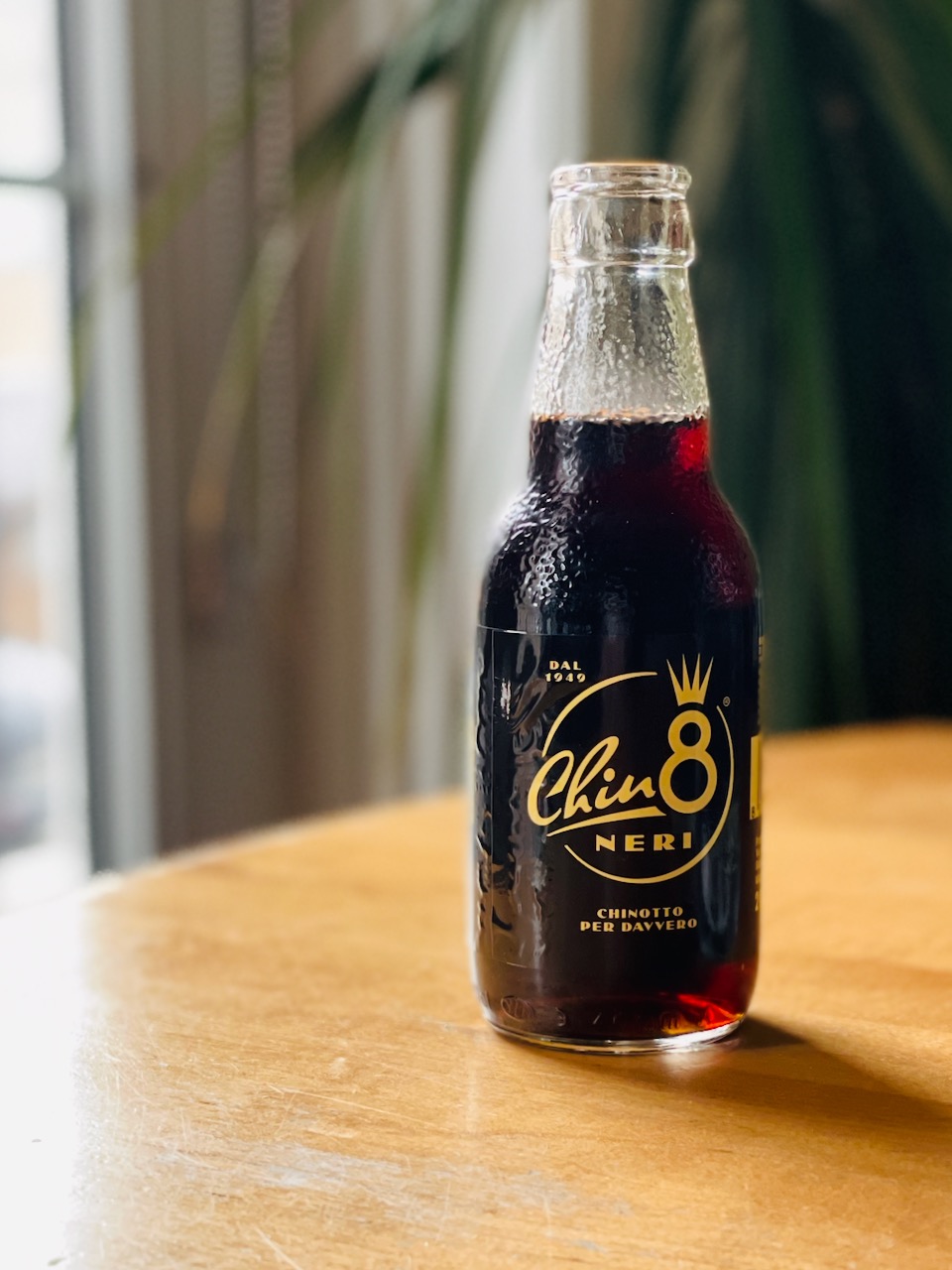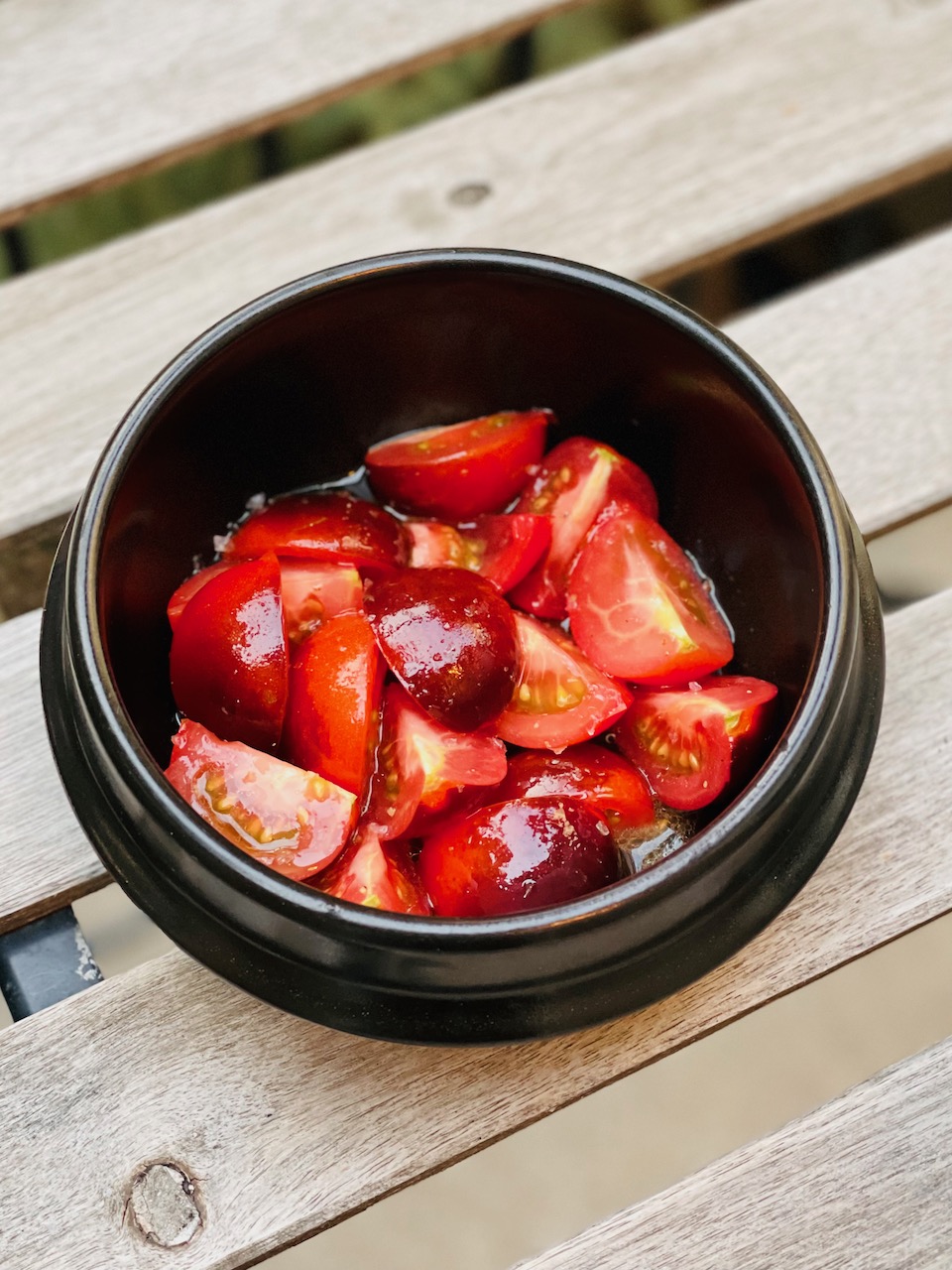I want to try something a little bit different: a review of a product at what is likely the end of my using it. Early product reviews are great buyer’s guides, but they tend to dwell on the novel, which is understandable for using a product for only a week or two. I have lived with my iPhone 12 Pro for nearly three full years — I got mine on its release day in October 2020 — so I know it very well. Here is what I am still impressed by, what has not held up as well, and what I will be looking for when I replace it this year.
This was one eye-catching phone out of the box. Compared to the standard iPhone 12’s glossy glass back, the bead-blasted glass of the Pro models is a subtly luxurious and almost soft finish. I chose the silver model, which I still think is the nicest of the four colours it was available in at launch — the others being graphite, gold, and a finish Apple insists on calling “pacific blue”, all lowercase — and the flat polished steel of the phone’s edge trim lost its magic after just a few months. I rarely use a case and, so, I was expecting scratches. But I did not anticipate some kind of corrosion or blooming on its top edge, which has made the stainless steel look more like chrome-mimic plastic. I bought a stainless steel wristwatch with similar polished surfaces the same year and, despite being knocked around a fair bit and sitting immediately on my skin, it has held up far better.
The steel body is also pretty heavy. It is only fifteen grams heavier than the iPhone X it replaced in my pocket, which was also a steel phone, but I wish iPhones were trending in the other direction. Thinner and lighter may be widely mocked, but for devices carried every day, it is better for me if they dissolve into my life.
Thankfully, the iPhone 15 Pro is rumoured to be made of titanium which — all else being equal — is considerably lighter than steel. The standard iPhone 15 will likely continue to be made of aluminum, which means either model would likely be a lighter phone than the ones I have carried for the past six years. I do have some questions about the wear-and-tear I will be able to expect with a titanium body. Titanium has a mixed history at Apple, but retrospective reviews of Apple Watches made of the material indicate it is holding up far better.
The battery life of my iPhone 12 Pro has also seen some wear-and-tear. After three years of daily use and an uncareful charging regiment, the Battery Health screen says it has retained 87% of its from-new capacity. That is not too bad, especially considering some iPhone 14 Pro owners are reporting similar capacities after just one year. But this generation of iPhone was notable for a slight regression in battery life expectations compared to its predecessor when it was shiny and new, and I have felt that in particular when it is not connected to Wi-Fi. This has been used almost exclusively as an LTE phone — more on that later — and its cellular radio seems hungry.
I bought the 12 Pro over either of the standard iPhone 12 models primarily because of the 56mm-equivalent camera and the larger RAM package. And I am glad I did — around 43% of photos I shot with this phone are from that telephoto camera, compared to 51% captured with the main camera, and only about 6% using the ultra-wide.
These two cameras — the main and telephoto — have performed well. iPhone photos have leaned toward neutrality, with only a minor warm bias, and the images I have captured with the 12 Pro have been no exception. Images captured outdoors in bright daylight are an accurate representation of the scene, with clean HDR matching my own perception. Where this camera shines most is in low-light scenes indoors, and outdoors at night. This is the area where phone cameras have struggled — small sensors do not capture as much light as bigger sensors, of course — and software advancements have played a key role in creating images which look less noisy, more colourful, and better lit. Automatic Night Mode remains a difficult adjustment for me: three years into owning this phone, I still have not gotten used to the idea of holding it in near-stillness for longer than it takes me to tap the shutter button.


I have also noticed a dramatic improvement in images shot in Portrait Mode. While it is supposed to approximate the foreground and background separation you might see with a larger sensor and a portrait lens, I rarely used it on my iPhone X because subjects looked like they were crudely cut from the scene. It is a night-and-day difference with this iPhone: there is a more natural falloff from in-focus areas to backgrounds, the faux bokeh looks more realistic, and it does a better — though still imperfect — job of understanding glassware. I do not take many pictures of people; here are some photos of food I shot with Portrait Mode:




I still find Apple’s photo processing pipeline too eager to reduce noise and, consequently, detail, though this is somewhat offset by other parts of the pipeline like Deep Fusion. This is exacerbated in Night Mode, of course, because it is beginning with a grainier image. I understand why Apple uses high levels of noise reduction; shooting RAW on an iPhone will reveal what the sensor captures before it is put through that pipeline. A very grainy image is probably not going to be appreciated by most people. But these sensors are very good for their size and, in most lighting conditions, some grain is more tasteful to me.
The other thing I feel compelled to mention about the iPhone 12 Pro’s cameras is how they are not the same as those in the 12 Pro Max — unfortunately. The Pro Max had a much larger sensor in its main camera and better stabilization, and its telephoto camera was a little different as well. It is unfortunate because I am not interested in buying a larger phone; the smaller Pro size Apple has settled on is already too large for my liking. And, while successive model pairings — the 13 Pro/Pro Max and 14 Pro/Pro Max — shared identical camera systems between the smaller and larger sizes, rumours suggest the line will repeat the 12 Pro’s bifurcation. If that is true, I will be disappointed, even if it is for good and practical reasons. Not upset that physics cannot be bent to accommodate my purchasing preferences, mind you, just painfully aware of the compromise I would make with either choice.
The iPhone 12 lineup was the first iPhone to support the MagSafe accessory connector, and the first to support 5G cellular networking. I have used neither extensively. I do have an Apple case which is identified by MagSafe by its colour, but I never purchased a compatible charger or any other accessories. As for 5G, my cellular provider only recently added support on its network. Working from home for most of the past three years has meant little cellular data usage, so I would not have taken advantage of any possible improvements if I had switched to a carrier which adopted 5G earlier. My provider recently added 5G support and, in the interest of being comprehensive, I recently upgraded to a 5G plan to see what it would be like in my area. From my desk, using the Speedtest app, 5G transfer speeds were 129 Mbps down and 39 Mbps up; LTE from the same spot recorded 113 Mbps down and 28 Mbps up. I have seen LTE speeds as high as 156 Mbps down and 45 Mbps up from the same spot. On my balcony, 5G tested at 178 Mbps down and 15 Mbps up, while LTE was 74 Mbps down and 18 Mbps up. Latency and jitter differences are a similar tossup. I was promised life-and-death stakes and all I got was this slightly more expensive phone plan.
Neither of these features holds any weight for my iPhone 15 purchasing decisions. The iPhone 15 line will almost certainly switch to a USB-C port after eleven years of iPhones with slow, proprietary, and unchanged Lightning ports. Alas, that means the cables on my nightstand and desk — and in my bag and car — will need to be swapped, though one will be included in the box. I may have avoided noticing this change had I purchased MagSafe charging cables. But, at $55 Canadian a pop, it would have been an expensive way to make the transition easier.1 Since USB-C is an industry standard connector, I can buy all the cheap and fast cables I need.
The iPhone 12 Pro line was also the first phone from Apple to include a LiDAR sensor on the back, which apparently helps with autofocus in low light scenes, and enables better spatial tracking for augmented reality. It is hard for me to say whether I get faster or more accurate autofocus, but I have found the A.R. enhancements surprisingly useful and fun. It is not something I am using every day. But when I stumble across a furniture website with A.R. options, for example, it is immediately rewarding to see the piece in my space and get a pretty accurate impression of its size, with pretty stable real-world object tracking. The biggest knock against anything using the LiDAR sensor is the hit it takes on battery life, which you can feel by how warm the phone gets. Visually, A.R. experiences are smooth and fast, but the warmth you feel is an indication that this phone is being pushed to some kind of limit.
So, that is my three-year experience with the iPhone 12 Pro. I am not somebody who feels compelled to upgrade every year, and even before Apple announces this year’s iPhone lineup in less than one week’s time, I can already expect big changes based on the models available today: a brighter, faster display; better cameras paired to a better image processing pipeline; macro photography; and emergency rescue features I hope to never need. But there are also plenty of unknowns, like whether the new models will continue to increase battery life, or if the phone will feel more pocket-friendly — the iPhone 13 Pro was heavier than my phone, and the 14 Pro heavier still.
I have occasionally wondered whether the 12 Pro was worth the extra cost over the standard 12 for me. The standard models had way better colour options and a Mini version, and the 12 Pro is 15% heavier than the regular model of the same size. But the camera breakdown speaks for itself: I use the telephoto camera so often that it really is a no-brainer. That is what I am looking for most of all in an iPhone 15 model: a better telephoto camera and better battery life in a model that is lighter than this one.
-
I will tell you what was expensive, which was the USB-C to Lightning cable I bought last year for my travel bag. I have gotten one year’s very light use out of that $25 cable. ↥︎